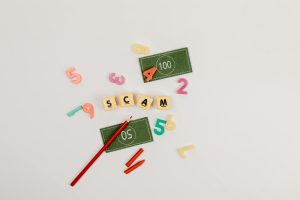Why LLM’s can’t count the R’s in the word “Strawberry”
Understanding Why Large Language Models Can’t Count Specific Letters: The Case of “Strawberry”
In recent discussions, you might have seen anecdotes where Large Language Models (LLMs) are unable to accurately count the number of certain letters—such as the R’s in the word “Strawberry.” This phenomenon often sparks both curiosity and humor among AI enthusiasts and skeptics alike. But what’s the underlying reason behind this limitation?
Fundamentally, LLMs process text by dividing it into smaller units known as “tokens.” These tokens are then transformed into mathematical representations called “vectors,” which serve as the input for the model’s layers. This process is designed primarily for understanding and generating human language at a contextual level, rather than performing precise character-by-character analysis.
Since the training of LLMs emphasizes patterns, semantics, and contextual connections over exact letter counts, the models do not retain a detailed, character-level memory of the original text. As a result, tasks that require meticulous letter counting—like determining how many R’s are present in “Strawberry”—are not within their capabilities. Instead, they may produce incorrect or inconsistent answers because they lack explicit knowledge of individual characters.
To visualize this concept, a helpful diagram is available on Monarch Wadia’s website: https://www.monarchwadia.com/pages/WhyLlmsCantCountLetters.html. While I cannot share images directly here, this resource provides an insightful overview of the technical mechanics behind LLMs and their limitations in letter-specific tasks.
Understanding these nuances is vital for appreciating what LLMs can and cannot do—and why certain seemingly simple tasks often trip them up.














Post Comment